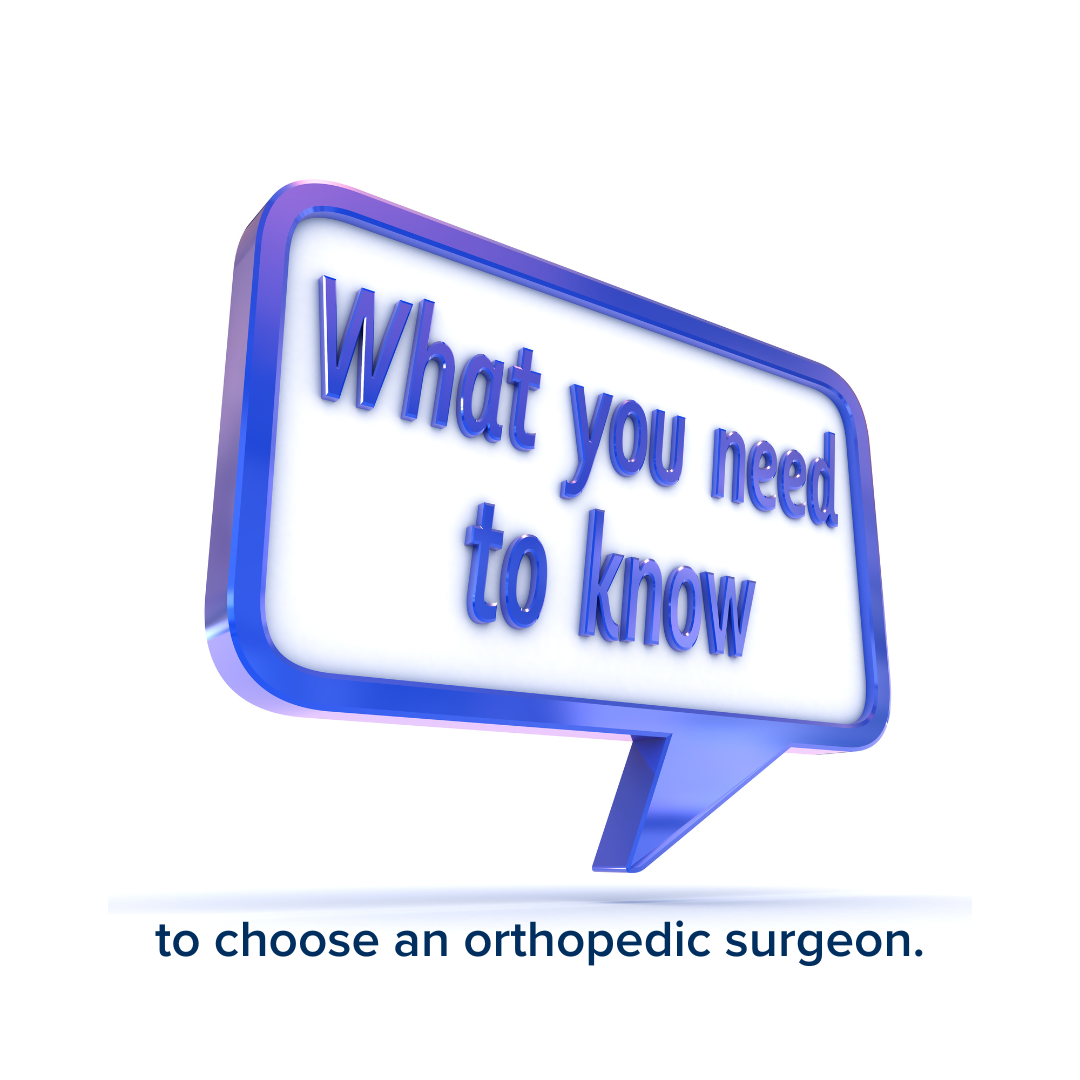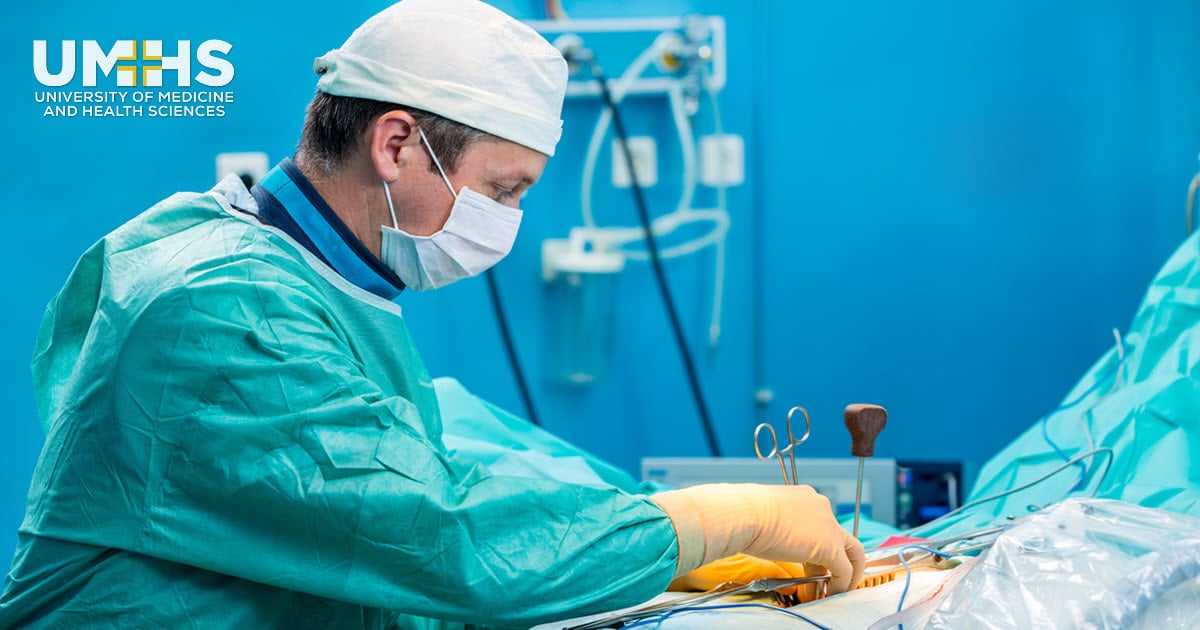The Definitive Guide to Axis Spine And Orthopedics
The Definitive Guide to Axis Spine And Orthopedics
Blog Article
Getting My Axis Spine And Orthopedics To Work
Table of ContentsIndicators on Axis Spine And Orthopedics You Should KnowGet This Report about Axis Spine And OrthopedicsAxis Spine And Orthopedics Can Be Fun For AnyoneThe Best Strategy To Use For Axis Spine And Orthopedics
An orthopedic surgeon is a medical professional that specializes in dealing with problems of the bones, joints, and connective cells, and guaranteeing you keep a healthy and balanced bone and joint system., we have highly qualified orthopedic cosmetic surgeons that are capable of dealing with clients of all ages. I obtained involved in study throughout my initial year of medical institution, and I started making connections with orthopedic cosmetic surgeons early on.
Review the post-operative care plan with your specialist. Prepare for transportation to and from the healthcare facility on the day of surgical procedure.
An Unbiased View of Axis Spine And Orthopedics

Your medical professional will certainly offer plenty of info relating to post-operative care, including just how to stay tidy and keep the medical area clean. Following these pointers can prepare you literally and emotionally for your orthopedic surgery. Keep in mind to keep a positive expectation and depend on your medical team's knowledge, contributing to a smoother recuperation procedure.

Nobody expects you to know anything, so don't try to remember a bunch of arbitrary truths. Or else, joint discomfort can truly mess up your life.
Usual problems dealt with by orthopedic surgeons are: Fractures and Bone Injury: Broken bones and other injuries from accidents or effects. Bone Cancer Cells: Growths in the bones. Orthopedic Injury: Serious injuries affecting bones, joints, or soft tissues.
Sprains and Pressures: Injuries to tendons and muscle mass. Tendinitis: Swelling of the ligaments. Orthopedic cosmetic surgeons execute a variety of treatments to aid individuals with musculoskeletal problems. Typical examples are knee and hip replacements. Joint Reconstruction: Rebuilding a harmed joint to recover its feature. Bone Grafting: Taking bone from one component of the body and transplanting it to another area to repair and rebuild harmed bones. Reconnecting Nerves: Fixing broken nerves to bring back motion and experience. Spinal Disk Replacement: Changing a harmed back disk with a synthetic one to eliminate pain and bring back function. You'll need to take and pass the Medical University Admission Examination( MCAT). This standard test evaluates your expertise and abilities essential for success in medical college. Medical college is an intense

What Does Axis Spine And Orthopedics Mean?
Next, they finish an orthopedic residency. It's commonly five years and gives hands-on discovering in a clinical setting. Appointments often include: Discussing your symptoms, medical history and way of living.
Therapy recommendations. Some conditions require additional imaging, like a see this here CT scan or MRI for even more thorough views of the agonizing location. Your orthopedist will suggest therapies to decrease symptoms up until you obtain a medical diagnosis. Orthopedic doctors concentrate on nonsurgical and surgical strategies. For certain kinds of orthopedic trauma or hereditary conditions, surgical procedure is usually the initial line of treatment. For most various other conditions, orthopedists try nonsurgical therapiesfirst. It might take greater than one kind of therapy to achieve enduring relief. Choosing the right is crucial for effective surgical end results and enhanced person recuperation. With a wide variety of choices readily available out there, it can be frustrating for both specialists and patients to make a notified decision. The leading 5 aspects to consider when choosing an orthopedic implant are surgical compatibility, cost-effectiveness, factors to consider for alteration surgical treatment, patient-specific elements, and the style and development of the implant. They can be found in various shapes, sizes, and materials, each offering a details function based on the individual's requirements. Recognizing the fundamentals of orthopedic implants is important prior to diving into the decision-making procedure. One of the leading considerations when choosing an orthopedic implant is its compatibility with the operation. Different implants are made for different medical techniques and methods. The orthopedic implant should be particularly designed to fit the person's composition and make sure stability throughout the healing procedure. Surgical compatibility involves variables such as implant dimension, shape, and material. The success of orthopedic treatments counts greatly on the appropriate selection and positioning of implants that are compatible with the individual's composition and case history. By prioritizing client security and health, orthopedic surgeons can accomplish successful results and give the finest of care to their individuals. Specialists should meticulously think about the biomechanical buildings of the implant and exactly how it will incorporate with the individual's bone framework. This will certainly add to much better medical end results, lowered issues, and much shorter healing time. When selecting implants for a client, it is necessary to think about a range of patient-specific elements that can influence the success and outcome of the procedure. These aspects incorporate the client's age, bone quality and amount, dental wellness standing, medical history, way of living practices, and aesthetic choices. For older people with jeopardized bone thickness, shorter implants or implanting procedures might be valuable to provide the required security and support. 3. Is the dimension of the orthopedic dental implant a critical consideration? How does it impact the procedure and the patient's recovery? Yes, the size of the dental implant is crucial as it should match the person's framework for proper fit and performance. 4. Can the person's age and way of living contribute in choosing one of the most appropriate orthopedic dental implant? Absolutely. Just how does the expense of an orthopedic implant element into the decision-making procedure, and are there methods to stabilize top quality with price? The expense of the implant is a crucial consideration, however it must not be the single determining factor. Stabilizing high quality with cost includes evaluating various dental implant choices 'long-lasting benefits and potential problems. Report this page